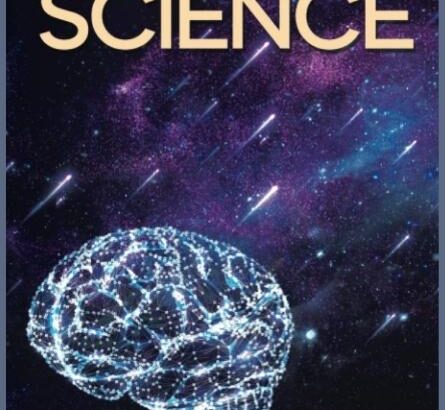All objective sciences deal with the objectifiable entities and ignore in the process the very subject, who is doing the analysis. This book deals with the limitations of the objective sciences and also discusses how to prepare the mind so that it can SEE the truth. Transcending Science, therefore, involves how to transcend the subject-object duality, using the Yoga-Sastra discussed in Geeta and Upanishads, and how to abide in the knowledge by overcoming all the mental obstacles that arise in the process. This forms the very purpose of Life itself.
Archives: Books
Holds our book and book specific data
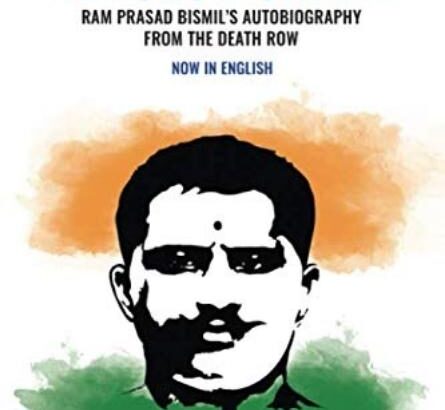
The Revolutionary
This book is a translation of Ram Prasad Bismil’s memoirs into English.
It was a cold morning, on the 19th of December, in the year 1927, when a well-built young man, barely thirty, walked to the gallows, with the chants of Vande Mataram on his lips in Gorakhpur prison. His death will be mourned by the patriots who would follow him in the struggle for Independence. However, he was forgotten by many in the years after independence. As our youth today worship false gods from foreign lands, why do we know so little about our own revolutionaries and heroes like Ram Prasad Bismil? It is mostly because their truth, their story was pushed away from the public view to the dark corners. His memoirs and writings suffered the same fate as his memory. This book by Saket Suryesh is an attempt to revive his memories because they hold answers to many questions of our future. An excerpt from the book can be found here.

The Science of Medical Astrology
A new book on Jyotisha Astrology: Its experimental proof in cell biology and the science behind it! Unbelievable?
Could you possibly imagine a book that provided a scientific proof of astrology? One that not only tells the story of many scientific experiments testing and verifying astrological predictions, but which also provides a full physical theory of the science behind it? In other words: a book that examines astrology on a full scientific basis? The Science of Medical Astrology: The Experimental Proof of Jyotisha does exactly that. Written by a rare combination of supremely skilled individuals, one a top expert in veterinary science, with a reputation that takes him for private consultations all over India, and the other a scientist with top qualifications from two of the world's best scientific universities, a Master's in Natural Sciences from the UK's University of Cambridge, and a PhD from M.I.T., partly directed by a famous Nobel laureate in physics. Rameshrao Narayan PhD and Alex Hankey PhD are the authors of this extraordinary text.
As a young vet from Bangalore, Rameshrao Narayan refused to accept a Jyotishi's warnings of a nearly fatal accident. Over the next three years, as he lay in bed recovering, he learned India's ancient system of Jyotisha astrology. As luck would have it, Professor Alex Hankey, who directs PhD research at the S-VYASA Yoga University, met Rameshrao and agreed to become his PhD guide on the very day that he joined the university.
The book is an outgrowth of Rameshrao's insights and PhD research combined with Alex's scientific skills...
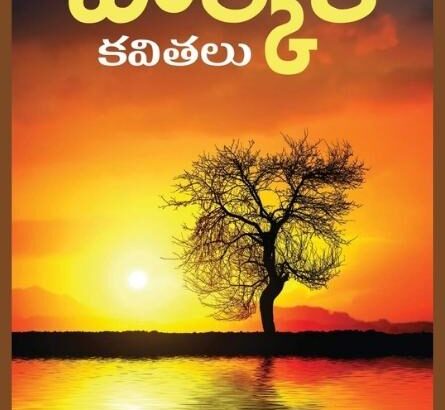
‘Vakkeli’: A Collection of Telugu Poems
Vakkeli, is a compilation of Arun Vemuri's micropoems (and few long ones) that were written over the last 5 years.These micropoems to present the culture, cuisine, cinema, patriotism, personalities are theme based and are written in a rhythmic, alletorial and rhyming 4 lines. It is Vakkeli's intent and endeavor to contribute his bit to revive poems once again as a meaningful and playful form of expression - drawing inspiration from the immortal lines of the revolutionary poet Sri Sri "Kukkapilla Sabbubilla kaadedii kavita kanarham"; and from the playful pen of the towering lyricist Shri Veturi.
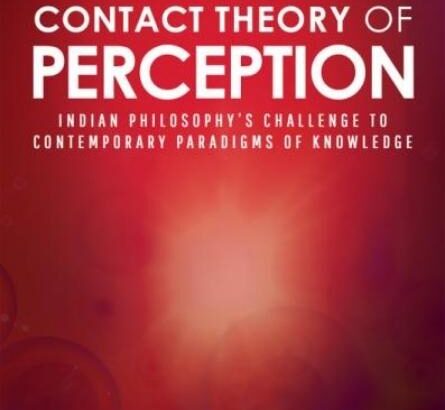
Natural Realism and Contact Theory of Perception
If you were told that we perceive the world directly without the causal intervention of the physical brain, or that we see the distant stars instantaneously without their light having to reach our sense organs, would the idea sound incredible to you?
Farfetched as it may seem, this idea, the author argues, comes from the time-tested contact theory of perception. Upheld by the Indian philosophical tradition for over 2000 years, it unfolds a definitively coherent process of perception, unlike the stimulus-response theory of perception espoused by empirical science which suffers from a host of logical inconsistencies. The contact theory of perception is a paradigm-changing theory and it has the potential to take us to a domain of knowledge beyond science and to cause a radical transformation in the way we look at the universe we live in.
Although a serious philosophical work, the language and lucid style of the presentation should appeal to a wide spectrum of people - from academic philosophers to curious aspirants. If philosophy or the philosophical traditions of India interests you, you cannot afford to ignore this book. But be forewarned: it will challenge the deep-rooted ideas that have become integral to your personal consciousness!
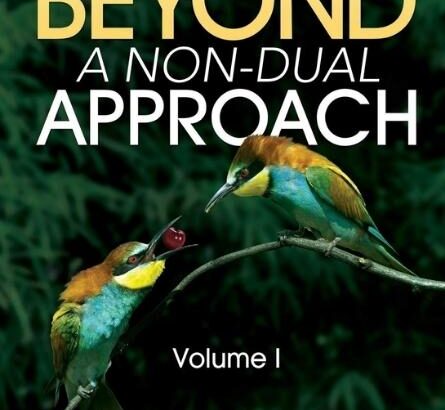
Journey Beyond A Non-Dual Approach
In this book Sadaji encapsulates the wisdom of Advaita Vedanta following the teachings of his Guru, Sri Gurudev Swami Chinmayandaji.
The introduction to the book is written by Dr K Aravinda Rao, former DGP and a scholar and author of Advaita who commends – “The book presents a panoramic picture of seekers from different cultural, social and intellectual backgrounds. There are answers to different levels of students. Sometimes the student is a novice, sometimes experienced or argumentative or sometimes confused. Dr Sadananda however, has untangled such confusion and has given replies.”
In his foreword, Swami Dheerananda of Chinmaya Mission Washington Regional Centre writes – “The author elaborated on the practical ways to approach ultimate awakening through Attentive Listening (Shravana), Active Reflection (Manana) and Meditation (Nididhyasana). This book provides a means for Nididhyasana-contemplation upon the Truth”.
The book covers a wide compendium of spiritual knowledge, written in a simple and lucid manner that would appeal to both students and scholars alike. Indic Academy is pleased to publish this book.
The book will be launched by Swami Advayananda ji at the inaugural session of the forthcoming conference on Oneness being organised by Indic Academy and Chinmaya Vishwa Vidyapeeth on 15th October 2019.
Indic Academy has recently launched a publication division. This book is the 7th title to be published.
An extract from the book is reproduced below :
Chapter 190 – Inaction in Action (pg 276)
When the shoe fits, the foot is forgotten;
When the belt fits, the waist is forgotten;
When all things are in harmony, the ego is forgotten.
Of what use then are your austerities?
Sadananda: Austerities are there to make sure that the shoe fits the foot, the belt fits the waist, and everything is in harmony so that ego can be forgotten! Until then austerities help!
Q: Per the Bhagavad Gita, Ch. VI, Verse 3, every austerity that is performed requires some amount of physical, mental and intellectual action. For a muni or sage who wishes to attain yoga, action is said to be the means; for the same sage who has attained yoga, inaction (quiescence) is said to be the means.
Sadananda: True. Here, inaction does not mean that there is no action.
The sage will be acting more dynamically and efficiently than any egocentric person. At the same time he will not have the notion that he is the actor. He does not act, but action goes on efficiently through him. Krishna says, “yogaH karmasu koushhalam” − “Dexterity in action is yoga.”
Q: But the saint knew nothing of this because the attention of people was so centered on the shadow that they forgot about the man. So his wish that good be done through him and that he be forgotten was abundantly fulfilled.
Sadananda: Beautiful story. Reminds me of the story of Bhagavan Ramana Maharshi. A lot of miracles were attributed to his presence, but he knew nothing of those.

Ganjhon Ki Goshthi
This collection of contemporary satirical essays in Hindi is a way of author to look at the current socio-political scenario and an attempt to recreate the magic of Hindi satire once visible in the world of Sharad Joshi, Shrilal Shukl and Harishankar Parsai. The author takes a dig at the inconsistencies of the modern world, modern value systems and modern politics, waltzing around with fictional heroes from the past. You have characters from Rag Darbari wandering about, Emperor Ashok landing in Karnataka post elections and even legendry writer Sharad Joshi himself coming out of retirement to get his satire published. The attempt of author is to create an outrageously funny world without ever losing the grace, dignity and beauty of language, cautiously and carefully avoiding the smattering of Hinglish and cuss-words modern Indian satire and homour space is infamous for.
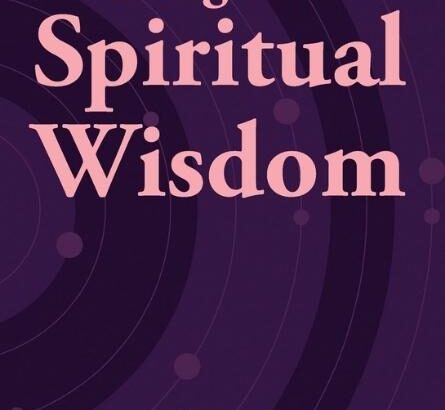
Thoughts of Spiritual Wisdom
Openany page of this book of 365 Thoughts of Spiritual Wisdom, and you will drift into a cornucopia of various voices from towering scholars of spirituality speaking from personal experience.
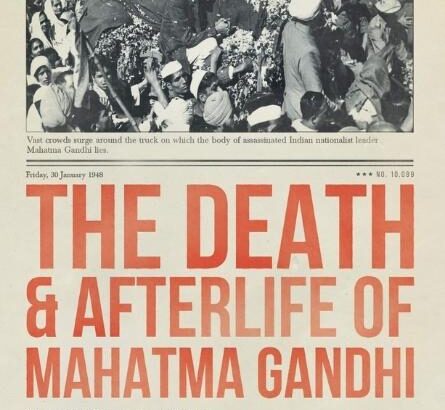
The Death and Afterlife of Mahatma Gandhi
The Death and Afterlife of Mahatma Gandhi is an explosive and original analysis of the assassination of the 'Father of the Nation'. Who is responsible for the Mahatma's death? Just one determined zealot, the larger ideology that supported him, the Congress-led government that failed to protect him or a vast majority of Indians and their descendants who considered Gandhi irrelevant, and endorsed violence instead? Paranjape's meticulous study culminates in his reading of Gandhi's last six months in Delhi where, from the very edge of the grave, he wrought what was perhaps his greatest miracle-the saving of Delhi and thus of India itself from the internecine bloodshed of Partition. Paranjape, taking a cue from the Mahatma himself, also shows us a way to expiate our guilt and heal the wounds of an ancient civilization torn into two. This is a brilliant, farreaching and profound exploration of the meaning of the Mahatma's death.
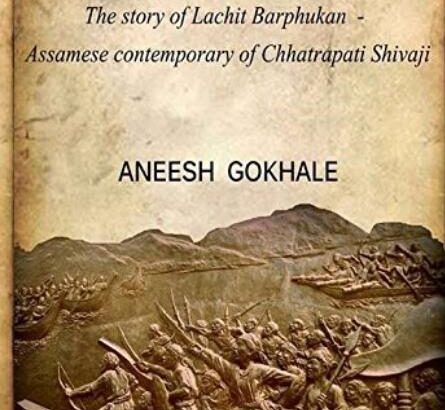
Brahmaputra
The year is 1661, and Aurangzeb has sent two of his best warriors – Mir Jumla and Diler Khan to conquer Assam. The Mughal empire already spreads from Kabul to Bengal on the border of Assam .The distant land, being ruled by the Ahom dynasty, is in disarray at the time. Mir Jumla swiftly sweeps across the hilly banks of the Brahmaputra, and annexes more than half the kingdom to the Mughal empire, including the prized city of Guwahati. Their villages and cities stand destroyed, their temples and places of burial are defiled and the Ahom princess is forcefully taken to the Mughal harem. The Ahom king, Chakradhwaj Singha, resolves to remove the stain of this insult to his land and people by waging war against the Mughals. He reposes his faith in a newly appointed commander – Lachit Barphukan. A long drawn campaign begins to oust the invaders from Assam….. This is the heroic tale of the Assamese and their leader Lachit Barphukan, who inspired his men to face the Mughal empire,. A story of the basic human desire for freedom, and the people’s struggle to achieve it. A tale of valour and sacrifice. At the same time, far away in the Deccan, the Marathas are also fighting for swarajya from the Mughals. Thus, linking the far flung lands with a common love of freedom and swarajya and the will to fight for it

The Hindu Terror: Insider account of Ministry of Home Affairs
The Hindu Terror is the Best book by the RVS Mani. This is true account Book . That explain What role did ministers like Shivraj Patil, P Chidambaram, AR Antulay, Digvijay Singh and officials like Chitkala Zutshi, Dharmendra Sharma, Hemant Karkare, RV Raju play in the Hindu Terror narrative? In this Book Author RVS Mani Former Home Ministry discloses how the country’s internal security establishment functioned in the period of 2004-2014.
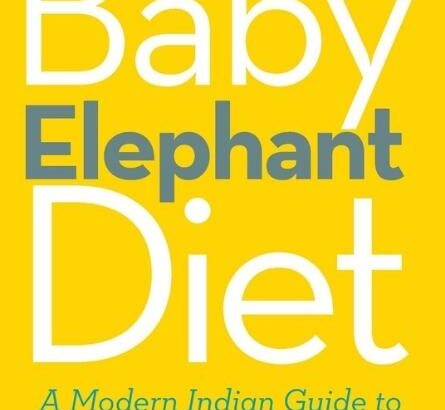
The Baby Elephant Diet: A Modern Indian Guide To Eating Right
obesity and lifestyle diseases such as diabetes, chronic heart ailments and stroke are fast becoming global pandemics. this is because our health depends almost up to 80 per cent on what we eat, and modern lifestyles have caused a dramatic change in our diet. the baby elephant diet: a modern indian guide to eating right is a simple and concise guide to healthy eating, customized to indian conditions. a foodie in addition to being a health guru, author ravi mantha recommends neither starvation nor bland food for good health and shedding weight. his easytofollow suggestions on what to eat, and what to eat less of, will remarkably improve our health and wellbeing without compromising on taste. as the title suggests, the author maintains that the baby elephant’s preferred food, fibre, should form the most important component of our diet. the baby elephant diet is not just about becoming slim; it is a guarantee to good health. debunking many of the modern myths and misconceptions surrounding food, this book shows us how to be fit even while eating more. a mustread for weight watchers, fitness enthusiasts and those battling lifestyle diseases.

